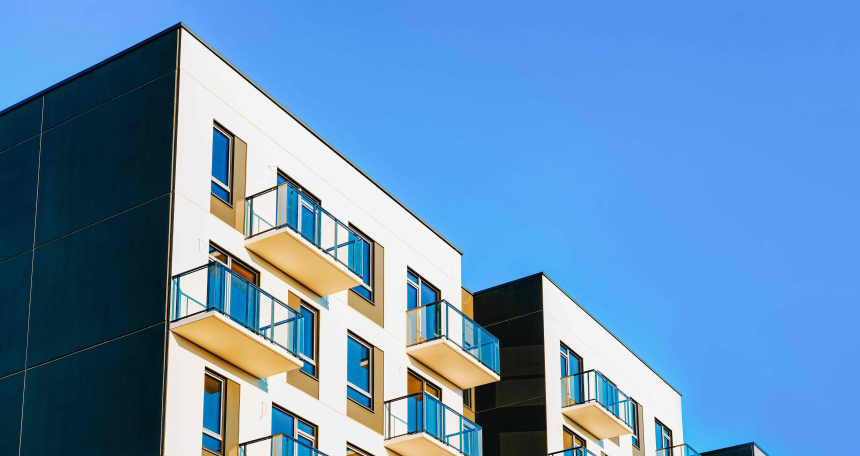
First-time buyer homes have changed dramatically over the past six decades, new research by Yorkshire Building Society demonstrates. Since 2020, respondents suggested the mostly likely first home has been a two-bedroom flat with two bathrooms and six rooms in total, with no garden, costing an average £215,699.
Yet in the 1970s, the most likely first home was a two-bed semi-detached house, for which people recall paying just £19,309. Taking inflation into account, that would equate to £92,172 today.
The amount people needed to borrow for their first home has also risen dramatically, with the average Brit who took their first step onto the housing ladder in the 1970s saying their mortgage averaged £11,149 – or £52,220 in today’s money. Meanwhile, the mutual’s own analysis shows that the average amount of a first mortgage today has increased to almost £200,000.
The smaller homes first-time buyers appear to be opting for these days are costing 6.04 times the average income of £35,724[i]. This is compared to around two-and-a-half times the typical UK salary in the 1970s[ii]. The average 10 per cent deposit is also much harder to raise today, at an average of £20,000 – more than half of typical annual earnings.
The age at which people are getting onto the property ladder has also gradually increased from 24 in the 1970s to 30 in 2021, said the survey participants (compared to official data which places the average age at 34 – 33 outside London)[iii].
Ben Merritt, director of mortgages for Yorkshire Building Society said: “Achieving homeownership isn’t easy, we know that house price growth means people are having to borrow much more to get on the property ladder, and for some it’s now, sadly, completely out of reach.
“It’s clear from our research that some of the factors behind people’s choice of first home have remained stable, like the number of bedrooms required. However, the need to compromise on quality-of-life aspects like having a garden or a drive has arisen over the decades and It just goes to further highlight the scale of the challenges the latest generation of first-time buyers must now overcome to get on the property ladder despite being willing to compromise.”
While a two-bedroom property has remained the most likely first-time home across the decades, the type of property has changed, with terraced houses becoming the most popular in the 1980s and semi-detached homes with the convenience of a private drive becoming a more common choice in the 1990s. And flats have become the most common entry-level property in the current decade, accounting for over a quarter (28%) of all first-time homes.
The number of first homes with outside space has also declined, with a reduction in houses with gardens; whereas over four-fifths (85%) of properties purchased in the 1970s had a garden, that figure dropping to three-fifths (66%) today.
Ben added: “We want to do our bit to make sure everyone who wants to own their own home has the opportunity of fulfilling their dream, and we will continue to look at innovative solutions to help people wherever possible, like our £5k deposit mortgage which launched earlier this year.”
